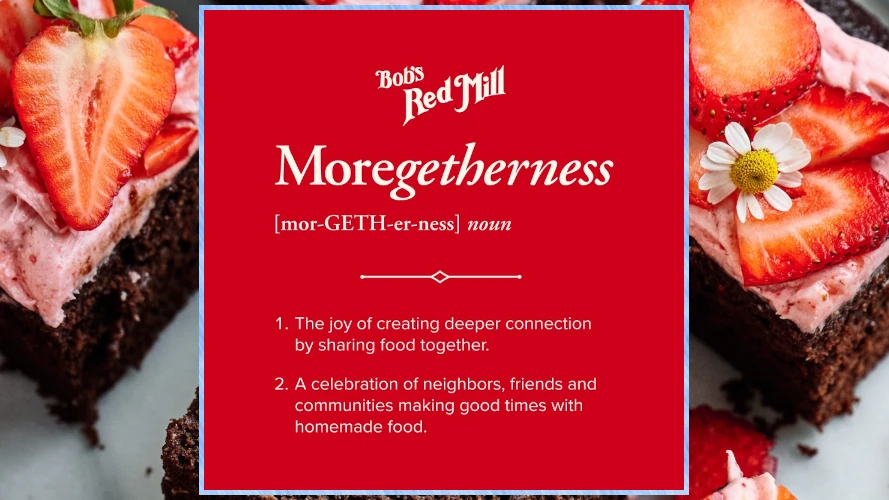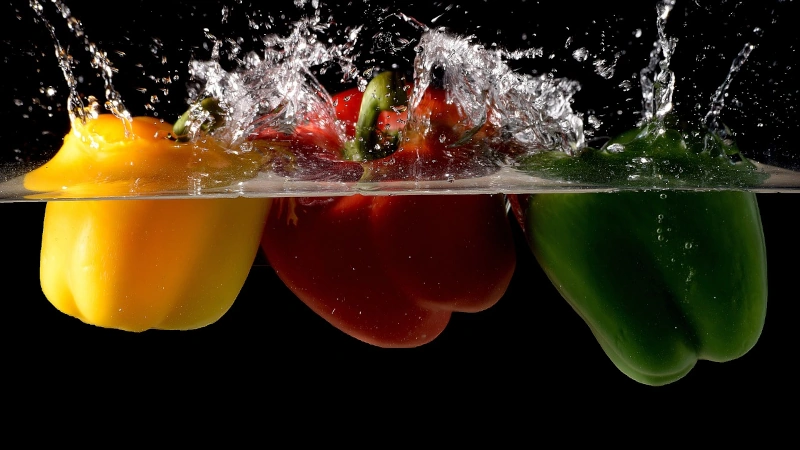Food has a way of bringing people together, and Bob’s Red Mill is celebrating just that with its new Moregetherness Movement. A recent survey shows that sharing a homemade treat with a neighbor—whether it’s cookies, bread, or brownies—does more than satisfy a sweet tooth: it helps people feel less lonely and builds stronger, more connected communities. From coast to coast, Americans are discovering that small acts of food-sharing can create big moments of connection.
In the last year, over half (54%) of Americans have baked or made food to share with their neighbors, and 55% had a neighbor do the same for them. Not surprisingly, these same people most often reported that they are “never lonely” (53%) and that another benefit is “strengthened trust and relationships” in the neighborhood (56%).
Bob’s Red Mill has created an index of the most neighborly large cities in the US based on 15 food sharing behaviors, habits and attitudes identified by the survey. From coast to coast, the most neighborly big cities are:
- Seattle
- Dallas Fort-Worth
- Los Angeles
- New York
- Boston
- Phoenix
- Philadelphia
- Atlanta

Moregetherness Movement with America’s Favorite Neighbors
Looking to inspire more people to create community through food, Bob’s Red Mill is launching Moregetherness (“More” + “Togetherness”), a multi-year platform that celebrates the power of food to bring people together.
The survey results also highlight just how powerful these small acts of sharing can be:
- Generosity is abundant: 87% of Americans say they’d share food items with a neighbor if asked.
- Food-sharing builds trust & reduces loneliness: More than half of Americans share food with neighbors (54% give, 55% receive), and most of those who “never” feel lonely are likely to do so (53%).
- A simple hello matters: Greeting a new neighbor is one of the best foundations for a strong relationship — 78% of those who greet new neighbors when they move in say they’re more likely to stay in frequent contact.
- Welcoming gestures work: 76% of those who receive food when moving in feel welcomed, and these people are also the least likely to feel lonely.
- Across cultures and generations: The majority of Americans (69%) who report they are “rarely lonely” are greeted with food by new neighbors, showing food-sharing traditions remain a timeless way to bridge backgrounds and ages.
- Baked goods lead the way: Cookies (62%), brownies (31%), cake (30%), muffins (23%), and breads (20%) are the most popular dishes gifted to new neighbors.

The survey results revealed trends across generations:
- Gen Z leads the way in welcoming traditions: They are the most likely to bring a baked good to greet a new neighbor, with cookies as their top choice (67%), and often say they do so because, “It was a family tradition I like to keep now that I’m older.”
- Gen Z and Millennials are the most generous neighbors: In the past year, both groups over-index in sharing and borrowing. They are more likely than other generations to:
– Share kitchenware when asked (Gen Z 40%, Millennials 46%)
– Share ingredients when a neighbor runs out (Gen Z 46%, Millennials 55%)
– Borrow ingredients themselves when in a pinch (Gen Z 44%, Millennials 50%) - Food-sharing is reciprocal among younger generations: Gen Z (65%) and Millennials (63%) report having neighbors bake or cook for them, and they return the favor most often — with 58% of Gen Z and 64% of Millennials baking or making food to share in the past year, more than any other generation.
About Bob’s Red Mill
Bob’s Red Mill started with good ingredients in 1978, and they’ve brought people together with delicious homemade food ever since. Inspired by the passion and artisanal expertise of founder Bob Moore, the company is now 100% employee owned, with more than 700 employee owners dedicated to making the best whole grain oats, baking flours and on-the-go snacks. Bob’s Red Mill is located in Milwaukie, Oregon, just outside of Portland. Visit BobsRedMill.com for more information.
SURVEY METHODOLOGY: Survey conducted by Opinium research among a nationally representative sample of 3,000 U.S. adults 18 or older. The survey was fielded August 1-13, 2025.



